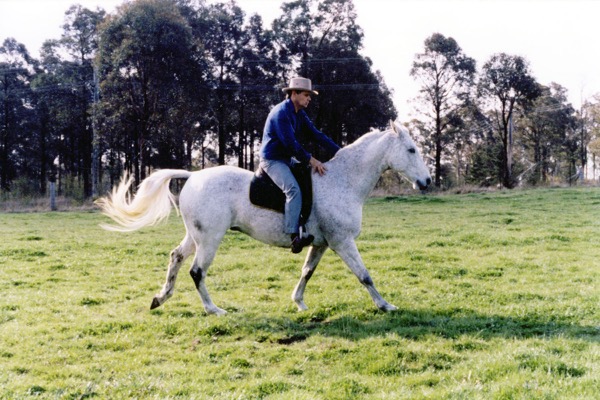Horsemanship is a word that’s heard a lot these days.
It conjures images of immaculate horses competing at the highest level and of ‘important’ horse trainers with cowboy boots, lassoes, chaps and spurs.
Sorry to disillusion everyone but horsemanship isn’t reserved for a chosen few.
Horsemanship is a word that relates to every man, woman and child who owns or is involved with horses.
Horsemanship simply means that you put your horse’s wellbeing first.
Every time.
And in every situation.
Horsemanship is for every horse owner.
Whether you’re a horsewoman or a horseman, horsemanship means that you:
Always rise early to check your horses and feed them before you eat breakfast.
Don’t sleep in until 10 o’clock just because you had a big night.
Always make sure your horses have the best and safest facilities.
Your stables and paddocks don’t have to be the prettiest, but they must be safe for horses.
Always keep your stables clean and your horse’s water clean.
Make sure your horses spend as much time as possible in a paddock.
Don’t leave your horse locked in a stable or yard for days on end.
Don’t leave heavy rugs on your horse on a hot day.
Even when the weather’s cold, take your horse’s rugs off for a while each day to let him have a scratch and a roll.
Make sure your horse is fed correctly.
Overfeeding horses can be just as detrimental as underfeeding them.
My book explains how to best look after horses.
Learn to look after your horse’s feet.
Know when to call the farrier or the vet.
If you ride all day, always take your horse’s saddle off at lunch time to give him a break.
Make sure your horse has plenty of water on a hot day.
In short, horsemanship means that you always put your horse’s needs above your own.
Even if you don’t have much experience with horses, you can still be an excellent horsewoman or horseman.
On the other hand, some people work with horses all their lives and don’t achieve this, simply because they don’t care about horses.
H O R S E comes first in the word horsemanship, and that’s the way it should be.

